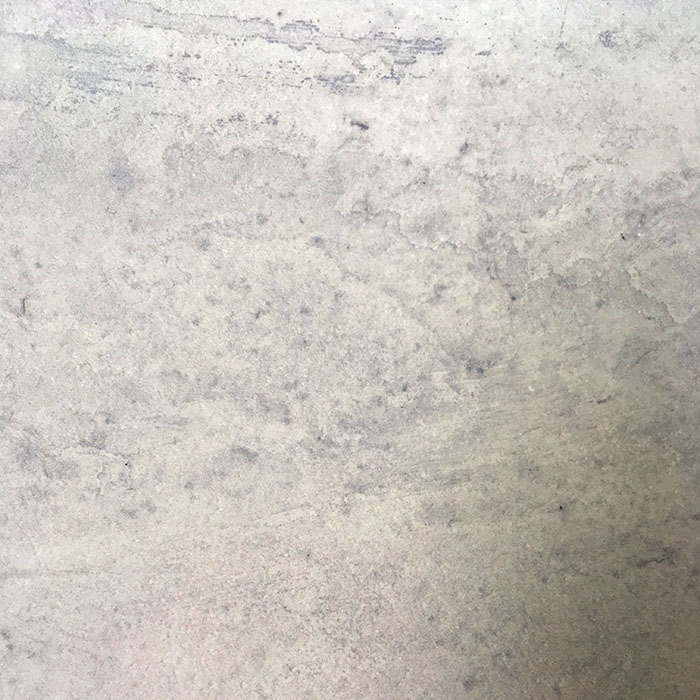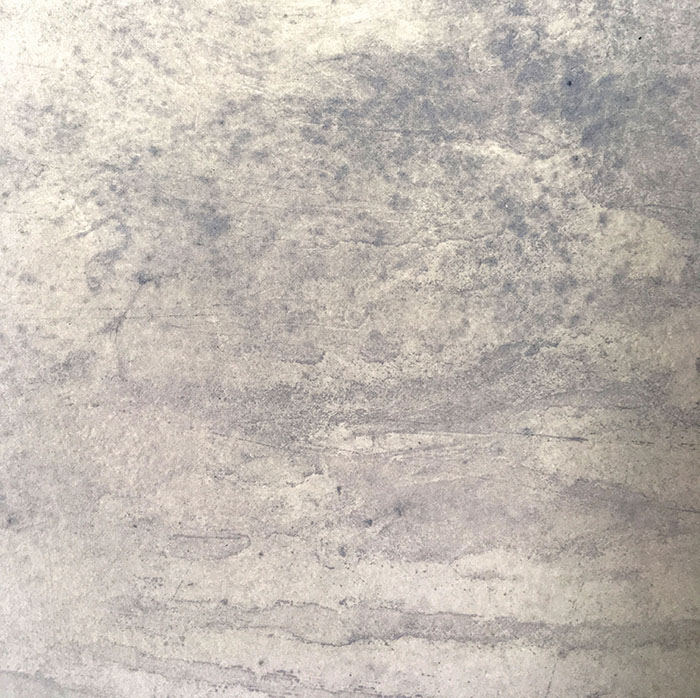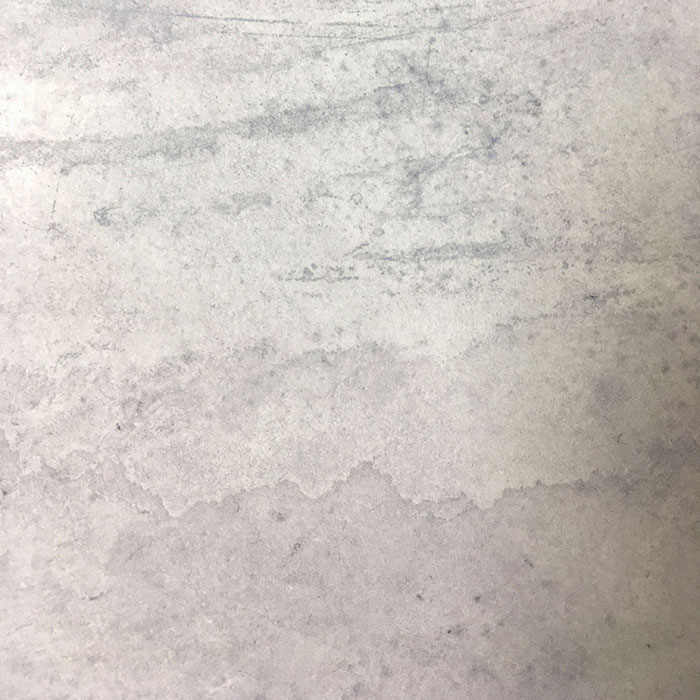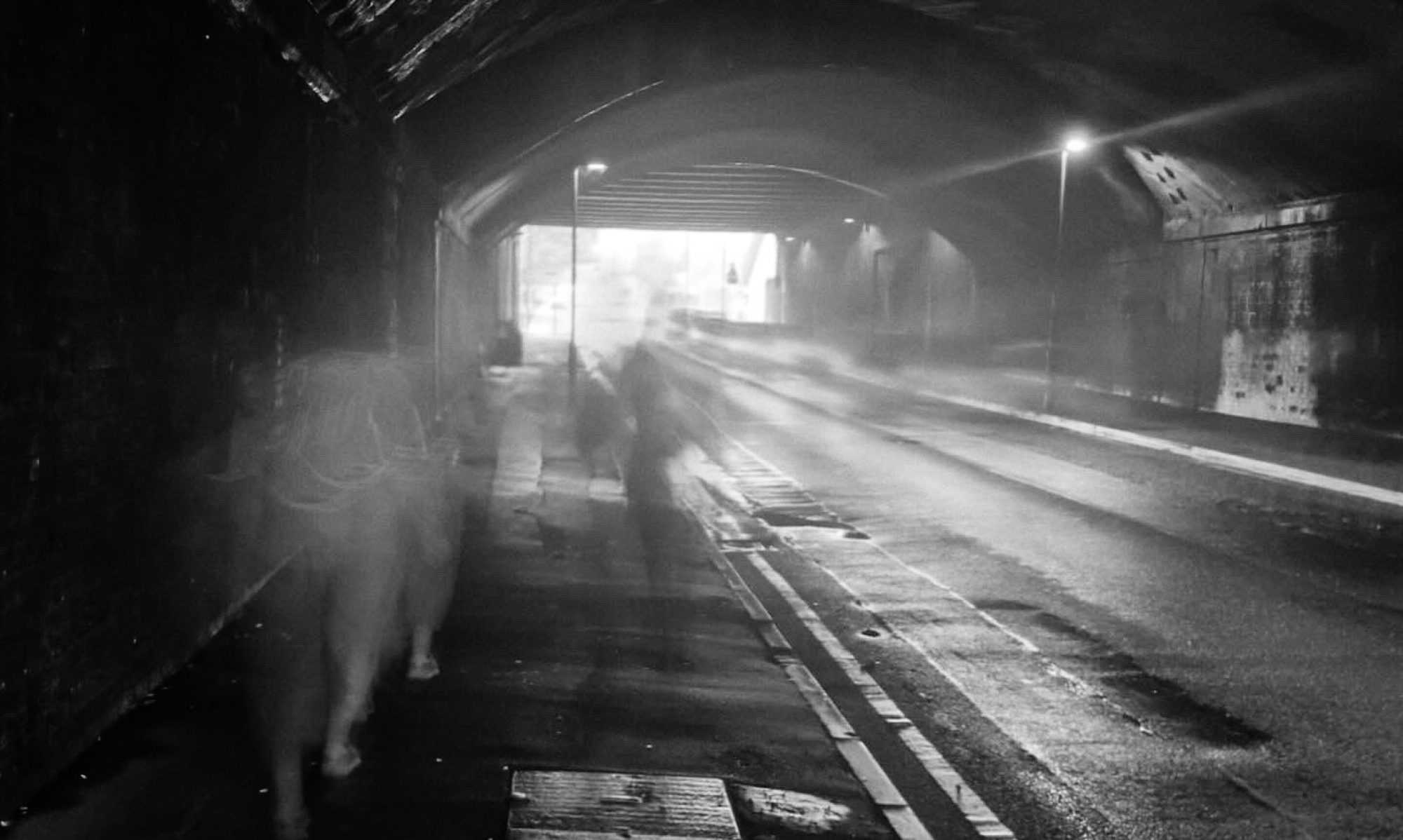The Multiplicity and Authorship
After taking numerous prints from the secondhand, oxidised impure plates it has become apparent that by forming a new multiplicity authorship has now become a dominant part of the rhizome.

It has become clear that the original etch, though shallow and grained is still present. The striations that have developed on the plate can be seen in the print, but, are so delicate that they are almost imperceptible. It is if the original etch is in conflict with the new visual information, the rhizomatic striations. The conflict between a natural multiplicity which has increased its boundaries and predetermined marks that endure due to their purposeful depth.

In some ways it seems appropriate to have a visual conversation and crossover within this multiplicity; to ask the questions, where does one print end and the other begin? Where does one author end and the other begin, but it feels to me more like a muddled argument. Too crowded and convoluted. Maybe there will be a time for this conversation — but not now and not in this way.
As it is phrased in ‘A Thousand Plateaus’.
‘Since each of us was several, there was already quite a crowd.’

It would be interesting to find the person who originally etched this plate, to understand what visual conversations they wanted to have and how my multiplicity engages with their ideas; but this is not practical nor likely. The marks must speak for themselves. This developing multiplicity can be likened to music. A note is played, as it decays another sound and a melody is formed. These plates may end up being a score, notations in lieu of audible conversations.
To see the evolution of the project please click here.
